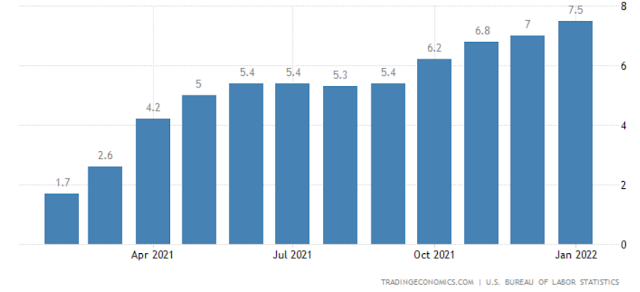While many people were speculating that the millions of mortgage forbearances would lead to a foreclosure wave, this is more evidence against that assumption.
But that’s not the case anymore.
The Federal Housing Finance Agency announced Tuesday morning that Fannie Mae and Freddie Mac will now allow borrowers who went into COVID-19 forbearance to refinance their loan or buy a new home with the support of the GSEs as long as they’ve made three straight months of payments after their forbearance ends.
That’s much different from the previous thinking that a borrower may not be able to get another GSE mortgage for as many as 12 months after they exit forbearance.
The CARES Act stipulates that mortgage servicers “shall report the credit obligation or account as current” on any loan that goes into COVID-19-related forbearance.
But, as HousingWire’s Kathleen Howley
reported last week, some borrowers were seeing notations on their credit reports like “Account in forbearance, payment deferred.’’
That was creating a problem for borrowers who were ready to exit forbearance or those who got put into forbearance by accident. As Howley wrote, the sentiment among loan officers was that any notation of “forbearance” on a borrower’s credit file would prevent them from getting another GSE-backed mortgage, either through a refi or buying a new home, for 12 months.
Now, the GSEs are shaving nine months off of that waiting period, which would allow more borrowers to take advantage of the market’s low interest rates instead of being shut out for a year.
According to the FHFA, borrowers are now eligible to refinance or buy a new home with GSE backing three months after their forbearance ends as long as they’ve made three consecutive payments under their repayment plan, or
payment deferral option or loan modification.
Also, borrowers who went into forbearance (either of their own volition or by
accident, as happened to some borrowers) but continued to make their mortgage payments are eligible to refinance or buy a new home as long as they are current on their mortgage.
Here, from Fannie Mae, are more details on how borrowers who either requested and/or accepted forbearance may be eligible for a refi or new mortgage:
Under the temporary eligibility guidelines, effective immediately, homeowners who missed payments and entered into a loss mitigation solution – such as a repayment plan, payment deferral, or loan modification – are eligible for a new refinance or purchase mortgage after three timely payments.
There is no waiting period for borrowers who missed payments due to a COVID-19 financial hardship but have since completed reinstatement by repaying the full amount of the outstanding payments missed during the forbearance period.
There also is no waiting period for borrowers who requested forbearance due to a COVID-19 financial hardship but ultimately were able to make all their payments in full and on time.
“Homeowners who are in COVID-19 forbearance but continue to make their mortgage payment will not be penalized,” FHFA Director Mark Calabria said. “Today’s action allows homeowners to access record low mortgage rates and keeps the mortgage market functioning as efficiently as possible.”
But that’s not the only change the GSEs announced today.
Last month, Fannie and Freddie
announced that they would begin buying loans that went into first-payment forbearance, meaning those where the borrower went into forbearance within one month of the loan closing.
That policy was set to expire on May 31, but the FHFA said Tuesday that the GSEs are extending it through August 31, 2020.
“The Enterprises are now able to buy forborne loans, with note dates on or before June 30, 2020, as long as they are delivered to the Enterprises by August 31, 2020 and have only one mortgage payment has been missed,” the FHFA said Tuesday. “FHFA and the Enterprises will continue to monitor the impact of the coronavirus national emergency on the housing finance market and update our policies as necessary.”

















